Which of the following allows the AIDS virus, which contains RNA, to insert viral DNA into the DNA of a host cell after the AIDS virus enters the cell?
A. The phospholipids found on the envelope of the virus.
B. Reverse transcriptase, an enzyme encoded by the virus.
C. Receptor proteins located on the surface of the virus.
D. The protein that makes up the capsid of the virus.
For those aiming to excel in their ATI TEAS test and secure admission into their desired nursing program, ExamGates offers an invaluable resource. Our platform features practice questions meticulously crafted by tutors who have previously aced the exam themselves. With ExamGates, you can access content that is 100% relevant to the test, accompanied by vivid images and illustrations. Additionally, our platform provides comprehensive explanations for both correct and incorrect answers, empowering you to fully grasp the material and optimize your study efforts. Take the first step towards your nursing aspirations with ExamGates today.
Reverse transcriptase, an enzyme encoded by the virus.
Reverse transcriptase is a virus-specific enzyme that transcribes an RNA template to DNA1.
This allows the AIDS virus, which contains RNA, to insert viral DNA into the DNA of a host cell after the AIDS virus enters the cell.
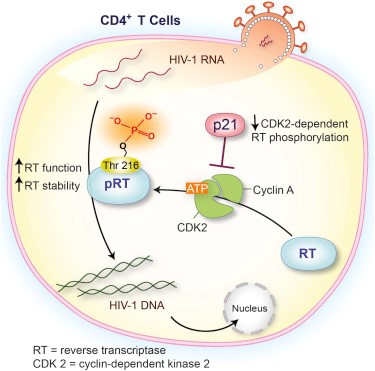
Choice A, The phospholipids found on the envelope of the virus, is not the correct answer because phospholipids are a major component of cell membranes and do not play a direct role in inserting viral DNA into the DNA of a host cell.
Choice C, Receptor proteins located on the surface of the virus, is not the correct answer because receptor proteins located on the surface of the virus play a role in attachment and fusion of HIV virons to host cells, but do not play a direct role in inserting viral DNA into the DNA of a host cell.
Choice D, The protein that makes up the capsid of the virus, is not the correct answer because capsid is the outer protein shell of a virus and does not play a direct role in inserting viral DNA into the DNA of a host cell.
Therefore, the Correct Answer is B.
More Questions on TEAS 7 Science Exam 2
Question 1:
Which of the following types of cells produce and release antibodies?
A. Natural killer cells
B. Cytotoxic T-cells
C. Plasma B cells
D. Helper T-cells
The Correct Answer is C.Plasma B cells.
Antibodies are produced by specialized white blood cells called B lymphocytes (or B cells).
When an antigen binds to the B-cell surface, it stimulates the B cell to divide and mature into a group of identical cells called a clone.
The mature B cells, called plasma cells, secrete millions of antibodies into the bloodstream and lymphatic system.
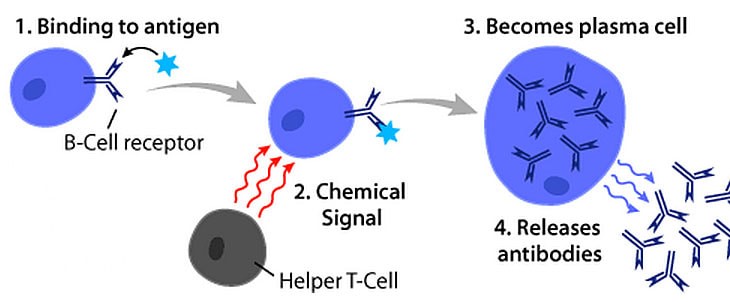
Choice A, Natural killer cells, is not the correct answer because natural killer cells are a type of white blood cell that play a major role in the host-rejection of both tumors and virally infected cells.
Choice B, Cytotoxic T-cells, is not the correct answer because cytotoxic T-cells are a type of white blood cell that kills cancer cells, cells that are infected (particularly with viruses), or cells that are damaged in other ways.
Choice D, Helper T-cells, is not the correct answer because helper T-cells are a type of white blood cell that play an important role in the immune system by helping other white blood cells fight infections.
Question 2:
Which of the following is the main function of centrosomes in animal cells?
A. . Organelle trafficking.
B. Pathogen digestion.
C. Cytoplasm formation
D. Microtubule organization
The Correct Answer is D.Microtubule organization.
Centrosomes are organelles that serve as the main microtubule-organizing centers for animal cells.
They regulate the movement of microtubules and other cytoskeletal structures, thereby facilitating changes in the shapes of the membranes of animal cells.

Choice A, Organelle trafficking, is not the correct answer because while centrosomes do play a role in intracellular trafficking during interphase by organizing an astral ray of microtubules, their main function is microtubule organization.
Choice B, Pathogen digestion, is not the correct answer because centrosomes do not play a direct role in pathogen digestion.
Choice C, Cytoplasm formation, is not the correct answer because centrosomes do not play a direct role in cytoplasm formation.
Question 3:
Which of the following structures is present in both prokaryotic and eukaryotic cells?
A. Cell membrane
B. Golgi apparatus
C. Chloroplasts
D. Endoplasmic reticulum
The Correct Answer is A.The cell membrane is present in both prokaryotic and eukaryotic cells.
The cell membrane is a thin, flexible barrier that surrounds all cells and separates the inside of the cell from the outside environment.
It is composed of a lipid bilayer and regulates the movement of substances into and out of the cell.

Choice B is incorrect because the Golgi apparatus is not present in prokaryotic cells.
The Golgi apparatus is an organelle found in eukaryotic cells that is involved in modifying, sorting, and packaging proteins and lipids for transport to other parts of the cell or to be secreted outside the cell.
Choice C is incorrect because chloroplasts are not present in prokaryotic cells.
Chloroplasts are organelles found in plant cells and some algae that are responsible for photosynthesis.
Choice D is incorrect because the endoplasmic reticulum is not present in prokaryotic cells.
The endoplasmic reticulum is an organelle found in eukaryotic cells that is involved in protein synthesis and lipid metabolism.
Question 4:
Which of the following can lead to a tsunami?
A. Sunspot activity
B. Lightning strikes.
C. Earthquakes
D. Flooding.
The Correct Answer is C.A tsunami is a catastrophic ocean wave that is usually caused by a submarine earthquake.
It can also be caused by an underwater or coastal landslide, the eruption of a volcano, or the impact of a meteor or comet in a body of water.

Choice A is not correct because sunspot activity does not cause tsunamis.
Choice B is not correct because lightning strikes do not cause tsunamis.
Choice D is not correct because flooding does not cause tsunamis.
Question 5:
Which of the following is the process in which an ovarian follicle matures and releases a reproductive egg?
A. Menstruation
B. Fertilization
C. Ovulation
D. Oogenesis
The Correct Answer is C.Ovulation is the process in which an ovarian follicle matures and releases a reproductive egg.
During ovulation, a mature egg is released from the female ovary, enabling it to be fertilized by male sperm cells 1.

Choice A is incorrect because menstruation is the process of shedding the uterine lining, which occurs when an egg is not fertilized.
Choice B is incorrect because fertilization is the process of a sperm cell joining with an egg cell to form a zygote.
Choice D is incorrect because oogenesis is the process of forming female gametes (eggs) in the ovaries.
Question 6:
Which of the following substances protects the skin from ultraviolet radiation?
A. Melanin
B. Perspiration
C. Sebum
D. Keratin
The Correct Answer is A.Melanin.
Melanin is a pigment produced by cells called melanocytes in the skin.
It protects the skin from ultraviolet (UV) radiation by absorbing and dissipating over 99.9% of absorbed UV radiation.
This helps to prevent DNA damage and other adverse effects of UV radiation on the skin.
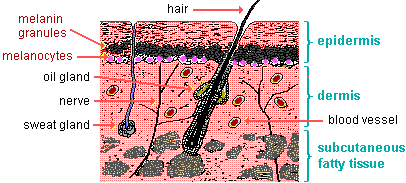
Choice B.
Perspiration is not correct because it is a fluid produced by sweat glands in the skin that helps to regulate body temperature, but it does not protect the skin from UV radiation.
Choice C.
Sebum is not correct because it is an oily substance produced by sebaceous glands in the skin that helps to lubricate and protect the skin, but it does not protect the skin from UV radiation.
Choice D.
Keratin is not correct because it is a fibrous protein that provides strength and durability to the skin, hair and nails, but it does not protect the skin from UV radiation.
Question 7:
Which of the following vessels carries oxygenated blood?
A. Superior vena cava
B. Inferior vena cava.
C. Pulmonary artery
D. Pulmonary vein
The Correct Answer is D.The pulmonary veins are the vessels that carry oxygenated blood from the lungs to the left atrium of the heart.
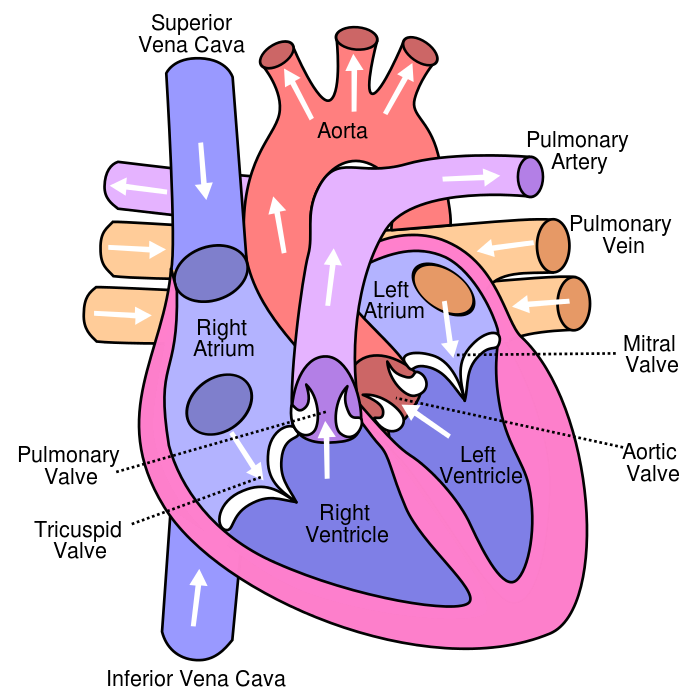
Choice A is not correct because the superior vena cava carries deoxygenated blood from the upper body to the right atrium of the heart.
Choice B is not correct because the inferior vena cava carries deoxygenated blood from the lower body to the right atrium of the heart.
Choice C is not correct because the pulmonary artery carries deoxygenated blood from the right ventricle of the heart to the lungs.
Question 8:
Why is it important for new scientific findings to be published?
A. Scientists will get paid if their findings are published.
B. Publishing findings will help scientists become more biased.
C. Other scientists can validate or disprove the findings
D. This prevents other scientists from performing similar tests
The Correct Answer is C.Other scientists can validate or disprove the findings.
It is important for new scientific findings to be published so that other scientists can review the research and either validate or disprove the findings.
This process of peer-review helps to ensure the accuracy and reliability of scientific research.
Choice A.
Scientists will get paid if their findings are published is not correct because while some scientists may receive funding or grants for their research, the primary goal of publishing scientific findings is not for financial gain.
Choice B.
Publishing findings will help scientists become more biased is not correct because the goal of publishing scientific findings is to share information and promote transparency, not to promote bias.
Choice D.
This prevents other scientists from performing similar tests is not correct because publishing scientific findings allows other scientists to build upon the research and perform further tests to validate or disprove the findings.
Question 9:
Which of the following structures in the female reproductive system secretes hormones to maintain the uterine lining during pregnancy?
A. Umbilical cord
B. Corpus luteum
C. Oviduct
D. Oocyte
The Correct Answer is B.The corpus luteum is a structure that develops in the ovary after an egg has been released.
It secretes the hormone progesterone, which prepares the uterus for a fertilized egg to implant and helps maintain the uterine lining during pregnancy1.
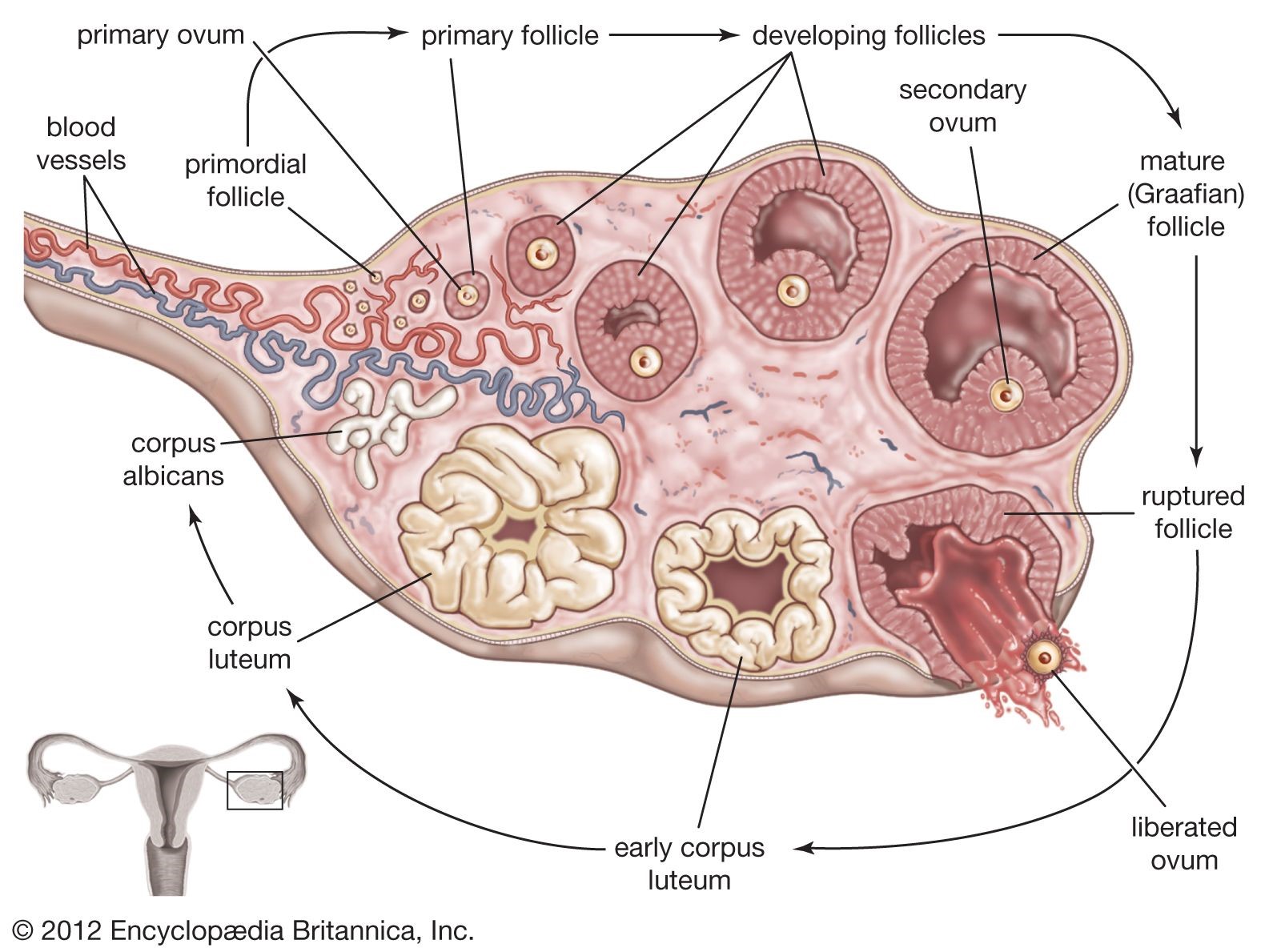
Choice A.
Umbilical cord is not correct because it is a structure that connects the developing fetus to the placenta and provides nutrients and oxygen to the fetus, but does not secrete hormones.
Choice C.
Oviduct is not correct because it is a tube that transports eggs from the ovary to the uterus, but does not secrete hormones.
Choice D.
Oocyte is not correct because it is an immature egg cell, but does not secrete hormones.
Question 10:
Which of the following is used to determine a person's DNA sequence?
A. Enzymes
B. Blood types
C. Hormones
D. Genes
The Correct Answer is D.Genes are used in the process of DNA sequencing to determine the order of nucleotides in a DNA molecule.
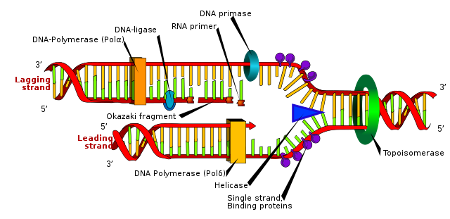
Choice B.
Blood types is not the correct answer because blood types are determined by the presence or absence of specific antigens on the surface of red blood cells and are not directly related to DNA sequencing.
Choice C.
Hormones is not the correct answer because hormones are chemical messengers produced by glands in the body and are not directly involved in DNA sequencing.
Choice D.
Genes is the correct answer because genes are used in the process of DNA sequencing to determine the order of nucleotides in a DNA molecule.